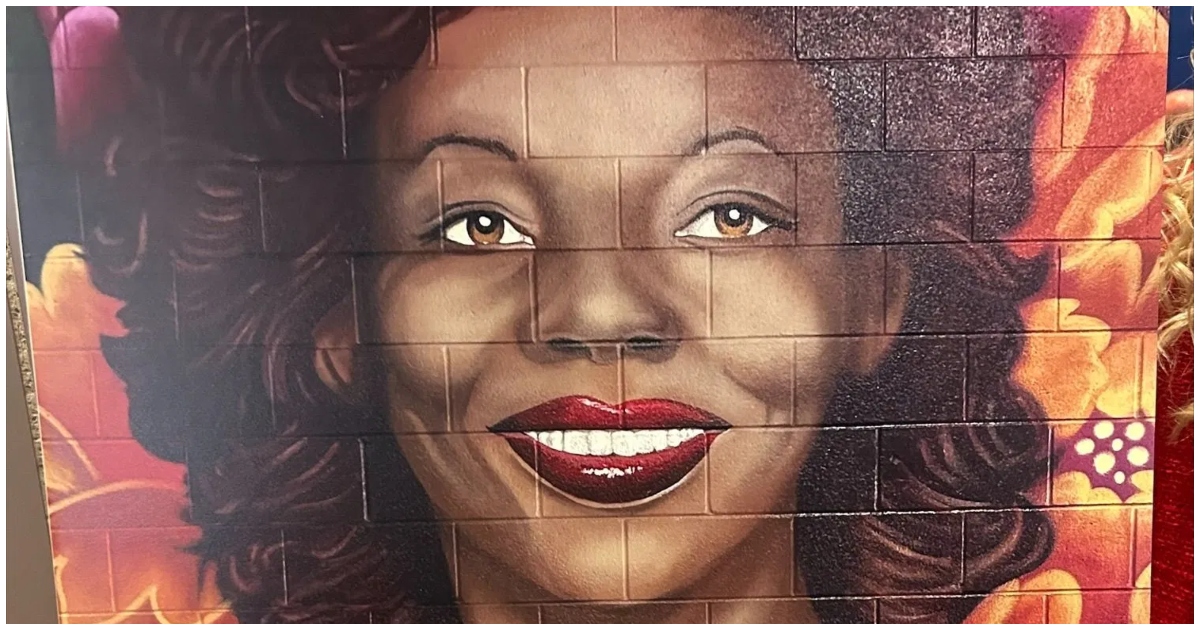Nashville’s WeGo Transit Center unveiled a massive 1,400-square-foot mural today. The artwork honors Elizabeth Duff, the city’s first African American and female bus operator. This tribute marks another milestone in recognizing Duff’s groundbreaking career and lasting impact on Nashville’s public transportation.
Nashville Pays Tribute to a Transit Pioneer
Mayor Freddie O’Connell led the ceremony. State lawmakers and Duff’s family members attended the unveiling. The mural spans an impressive area at the Elizabeth Duff Transit Center at WeGo Central.
This latest honor comes just over two years after the downtown location was named after Duff. The Metro Council approved the renaming in 2022, a year after Duff’s passing at age 72.
Breaking Barriers in Public Transportation
Elizabeth Duff made history in 1974. She became the first African American and first female bus operator for Nashville’s transit system. At the time, it was called the Nashville Metropolitan Transit Authority.
Duff’s pioneering role opened doors for future generations. She served the city for 33 years before retiring in 2007. Her dedication and perseverance left an indelible mark on Nashville’s public transportation landscape.
A Legacy Honored Through Art and Recognition
The new mural celebrates Duff’s legacy in a vivid, public way. It transforms the transit center into a visual reminder of her contributions. The artwork likely depicts Duff and highlights her role in shaping Nashville’s transit history.
This recognition builds on previous honors. The renaming of the transit center in 2022 ensured Duff’s name would be forever linked to the city’s transportation hub.
Inspiring Future Generations in Nashville
Duff’s story continues to inspire. Her career demonstrates the power of breaking barriers and paving the way for others. The mural serves as a daily reminder to thousands of commuters about the importance of diversity and inclusion in public service.
Nashville’s tribute to Elizabeth Duff goes beyond mere decoration. It elevates her story to a prominent place in the city’s visual landscape. Future generations will learn about her pioneering spirit every time they pass through the transit center.





